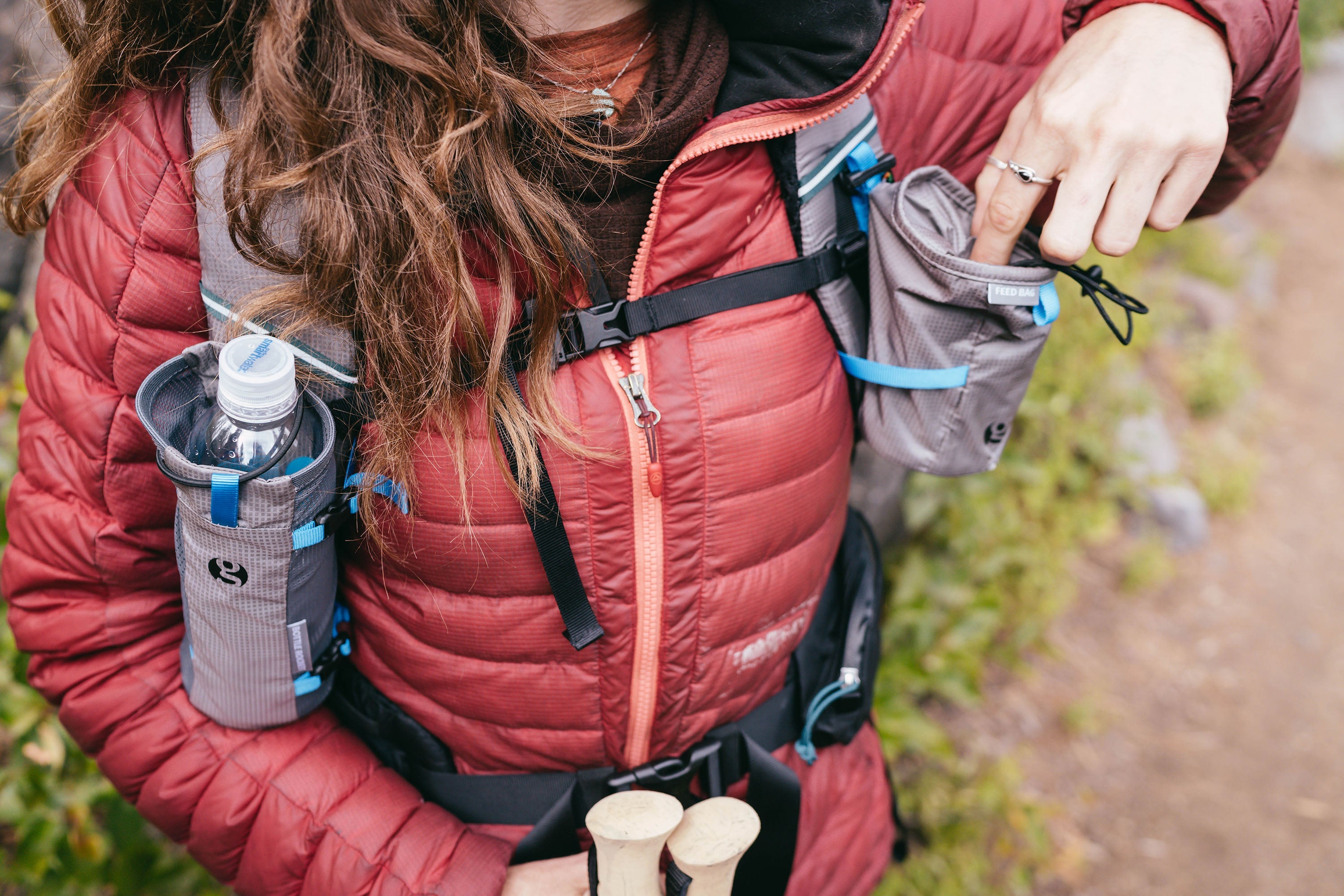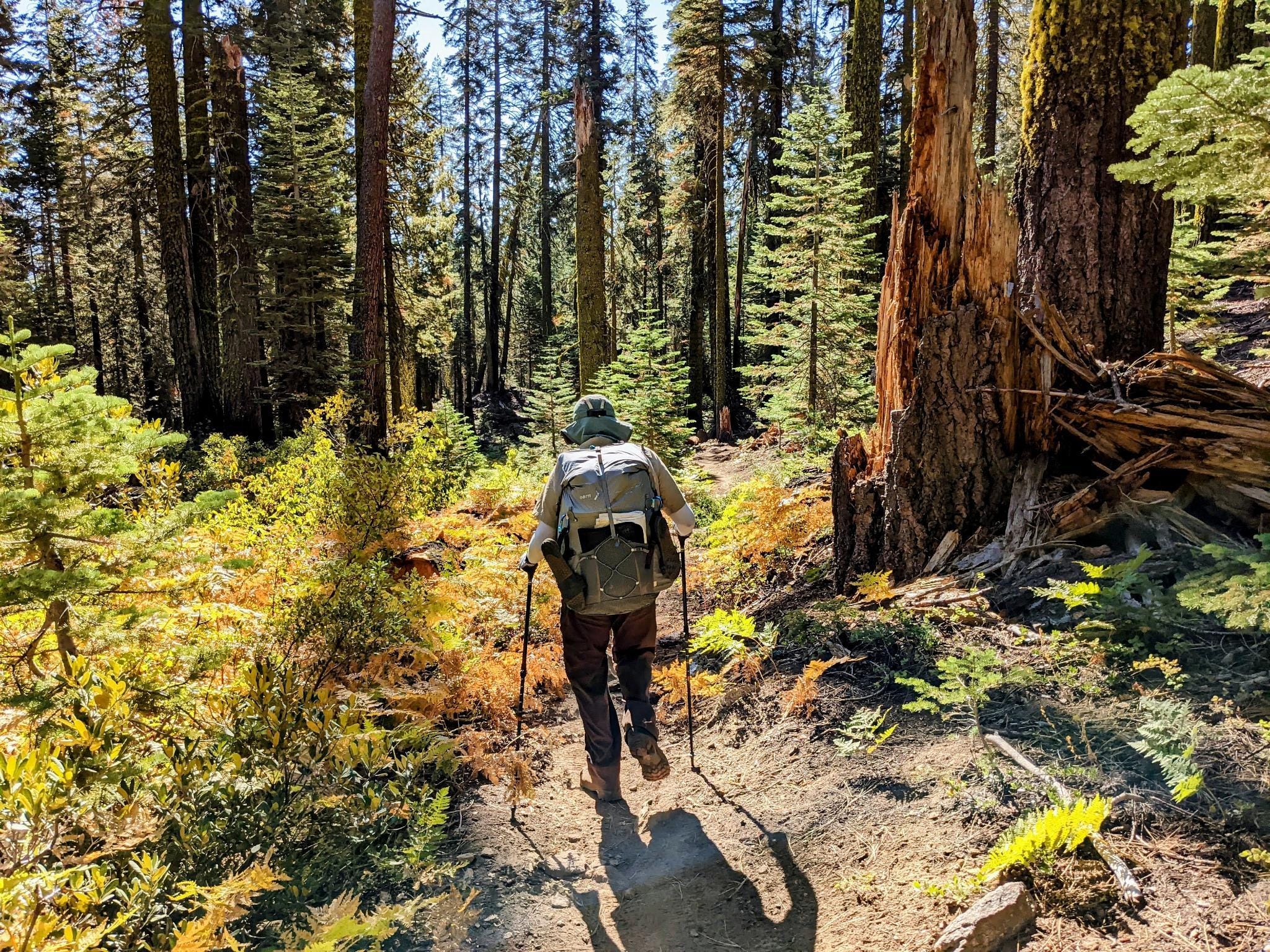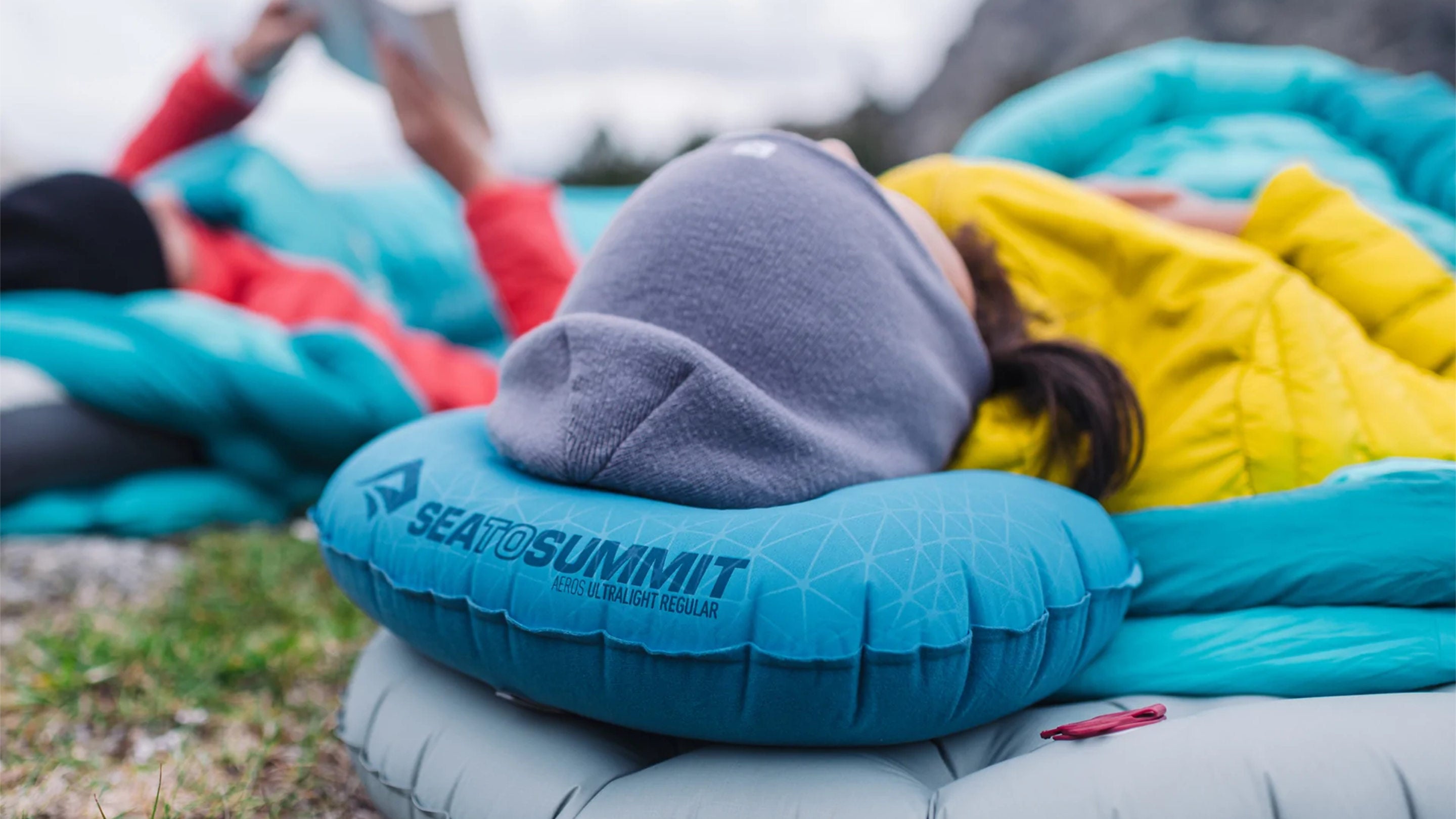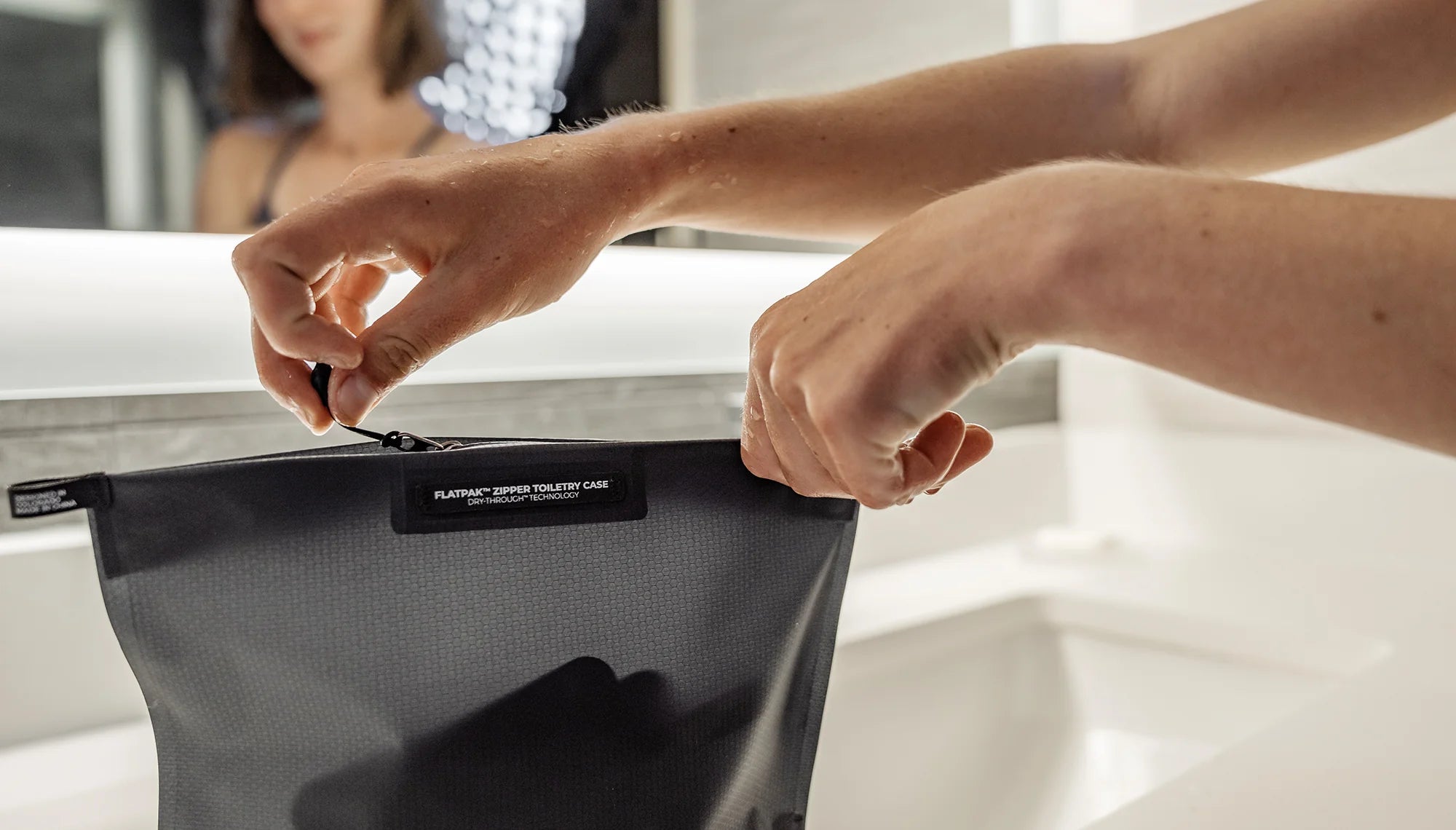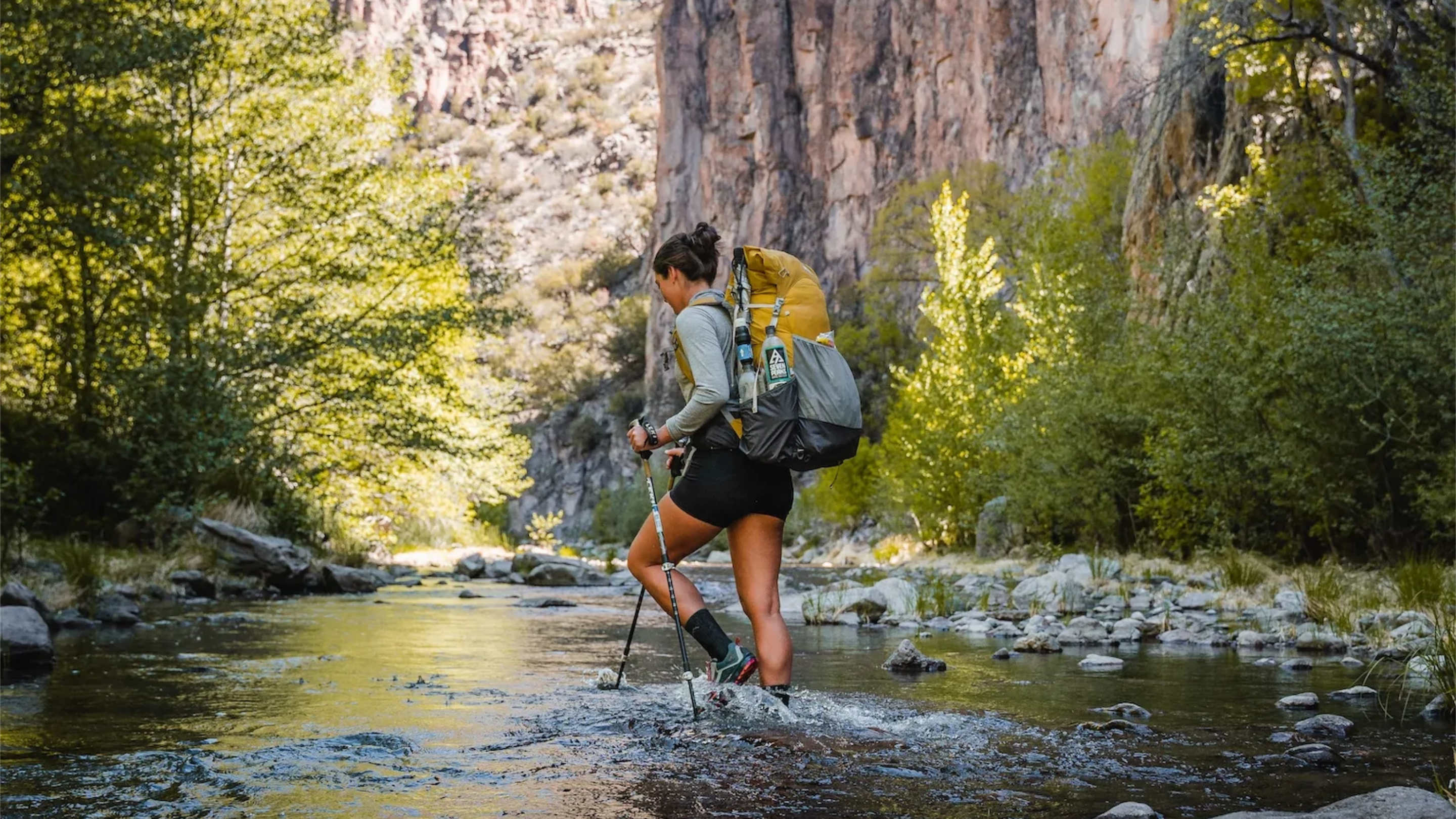Choosing the right pack can be a daunting task. However, making sure you find the correct fit can be even more formidable. Below we have created a guide with some advice on finding the correct pack for you. While these may be useful tips, it's important to remember that this is only a guide and finding the correct pack & fit is impacted by a range of factors. Even if you have a pack fitted by our staff in store or online, it is still vital that you go and try the pack in your time & with your own gear.
Tips: Before you buy
When first thinking about what pack to buy, the number of choices can seem overwhelming. Below are some of our top tips that can help narrow down your choices, so your pack buying experience can be as easy as possible.- We are here to help: If you want any advice on the right pack, you can visit us in store, call us, or contact us via email. Our friendly staff are familiar with our packs and are happy to discuss the best options for your needs.
- There is no perfect bag: Whether you’re doing a multi-day hike or just day trips, carrying any weight on your back for an extended period of time is going to be more uncomfortable than walking without weight. Especially if you’re new to hiking, when finding a pack it’s important to understand your body & recognise discomfort that could be a result of general weight bearing over time. A good fitting pack will minimise discomfort, but not necessarily eradicate it.
- Reviews are helpful, but everyone is different: What may be the best pack for your friend, or for the person in an online review, is not necessarily going to be the best pack for you. The shape of your body, the conditions you intend to use it in and the weight of your gear are all examples of the factors that can impact how suitable a pack is for an individual. Keep an open mind - if someone recommends a different pack that may better suit your needs/fit (what worked really well for your hiking buddy may not necessarily be right for you).
- Allow enough time to try your pack properly: Buying a pack is like buying a pair of hiking shoes - you need to allow time to test it properly. When you buy a pack, even if you’ve had it fitted in store, it’s important to take it home and try packing it with your own gear and allow time to wear it for a few hours at least. Remember, any pack you purchase from us you can try at home but the tags must remain on and the pack must be in as new condition for any returns or exchanges to be considered - see our returns policy for further details.
- Think about what you need from your pack: This will help to narrow down the pack options that would suit you best. This can include: the load you’ll be carrying, the volume of pack that you’ll need, the conditions of the trips you’ll be going on, any key features you’re looking for. Hiking packs vary greatly, so if you're someone who likes having all the details, doing a pack comparison before you come in can help to narrow down the options. Thinking about your average load is very important - most packs have a maximum and minimum recommended carry capacity, which can impact how well they fit.
- Type of fit: Different packs will often utilise a range of frame options. Think about whether you’re someone who likes a simple fitting system, or is happy with something more complicated.
Tips: When You Try In Store
Where possible, coming to try a range of packs in store is invaluable. It provides a great opportunity to compare packs side by side. Our staff will also be able to provide tailored fitting advice, and load up the packs so you can try them with weight. Below are a few points that will make your in-store shopping experience as productive as possible.
- Allow enough time: While some people find the perfect fit quickly, for others it can take a bit longer. Best is to not shop under pressure - if you’re hoping to try a few packs, we’d recommend allowing at least an hour.
- Keep an open mind: We always recommend trying a range of different packs. Although you might think one pack is going to be perfect for you, try some more! Trying the wrong pack is the best way to figure out what does and doesn’t work for you, and can really help to narrow down the options. Worst case, this means you can say with confidence that the one you’ve decided on is the best fit.
- Ask questions: The more questions you ask and more that feedback you give to the staff member helping you with fitting, the better fit that we can find. Sometimes, just because a pack doesn’t feel good right away doesn’t mean it’s the wrong pack - it may just be fitted incorrectly.
- Have patience: Finding the right pack can be a journey. You may not find the perfect pack on day one. Remember, you can take the pack home and try it (so long as tags stay on and the pack is in as new condition - this does not mean you can take the pack on a hike then return it). Pack fitting is always dependent on a range of factors. Even if our staff assist you with fitting in store, this is ultimately a guide. You are always the person that is going to understand your body & what is the best fit for you, so make sure you have time before a trip to try your pack at home.
Tips: When Shopping Online
We understand that it’s not always possible to come in-store and try packs on. In this case, we highly recommend contacting us with the parameters of your ideal pack to discuss the option that will suit you best.
- Ask us! We are here to help, regardless of whether you’re shopping in-store or online. Please reach out and ask as many questions as possible. We highly recommended emailing or calling us with a description of your load, ideal volume & conditions to see if the pack you have in mind is the right fit.
- Utilise the size guides: If you’re unsure what frame size suits you best, the size guides provided by each brand are a great way to get an idea of your recommended size. However it’s important to remember that while these are a good starting point, there are other factors beyond torso length that will impact the fit of your pack.
- Be aware of intended use of each pack: Different packs are designed for different purposes. Be aware about the best use for the packs you are looking at & potential limitations it has (for example, ultralight packs are not suitable for all conditions and load capacities).
- Fitting your pack: It’s more likely than not that once you receive a pack, you’ll need to adjust it to fit you properly. While there are guides online to help with this, we also offer a complementary video fitting service to assist with the process. Be aware that you may need to try a few packs to find the best fit for you (if you think you may be between sizes, where possible we’d recommend even buying both sizes & returning one after trying at home)
Tips: Trying Your Pack at Home
Just like purchasing a pair of new hiking shoes, finding the correct pack can take time and often requires you to go away and try the pack at home in your own time. Below are some things to keep in mind.
- Testing at home: If you are trying a pack at home and may wish to bring it back to the shop, make sure you keep the tags on and the pack stays in as new condition. Testing the pack at home does not mean taking it out for a hike. If in doubt, apply the same logic as testing a pair of hiking shoes. Make sure you read our return & exchange policy before making your purchase.
- Packing your gear: When testing the pack at home, pack it with your full gear as if you were about to take it on a hike. Even if you tried it with weight in-store, it’s likely that it will feel quite different compared to when you try it at home and may need some readjustments.
- How you pack: Be conscious of how you pack your gear, as this can make a big difference to how the pack will feel. As a brief guide, ideally heavier gear should be closest to the centre of your back. Lighter, soft gear should be at the bottom (e.g. your sleeping bag) and heaviest gear in the middle, surrounded by other lighter things.
- Allow time to try properly: If you can avoid it, don’t buy your pack right before a hike. Again, use the hiking boot analogy: if you go straight out on a big walk, it’s not necessarily going to be comfortable from the get go.
- Remember: It’s important to learn how your pack works and take note of how different adjustments affect the pack fit and each other. Fitting is not always a one stop journey, and as you wear your pack for extended periods of time it’s likely you’ll need to adjust elements. Different loads will require adjustments (i.e. dropping food weight during a multi-day hike).
- If you’re unsure: Contact us, we’re here to help! We can assist with any queries, or refit your pack both in-store or via video call. You can also come in with all your gear in your pack and we can adjust the fit too.
- Recognising discomfort: It’s important to be aware of your body and understand any discomfort you may experience. Sometimes being uncomfortable can be a sign of an ill-fitting pack, but sometimes it can be a sign from your body about other issues (especially if you are newer to hiking). It can be worthwhile to have an appointment with a physio to discuss the needs of your body, especially when it comes to weight bearing.
Remember
- No bag is perfect: the correct fitting pack is there to minimise discomfort, not eradicate it. It’s quite likely your body will feel uncomfortable after a multi-day hike - building up slowly is the best way to condition the body
- Refitting: We offer a free refitting anytime for packs purchased through us. If you would like a refit, we recommend contacting us ahead of time so we can advise the best time to come in)





















